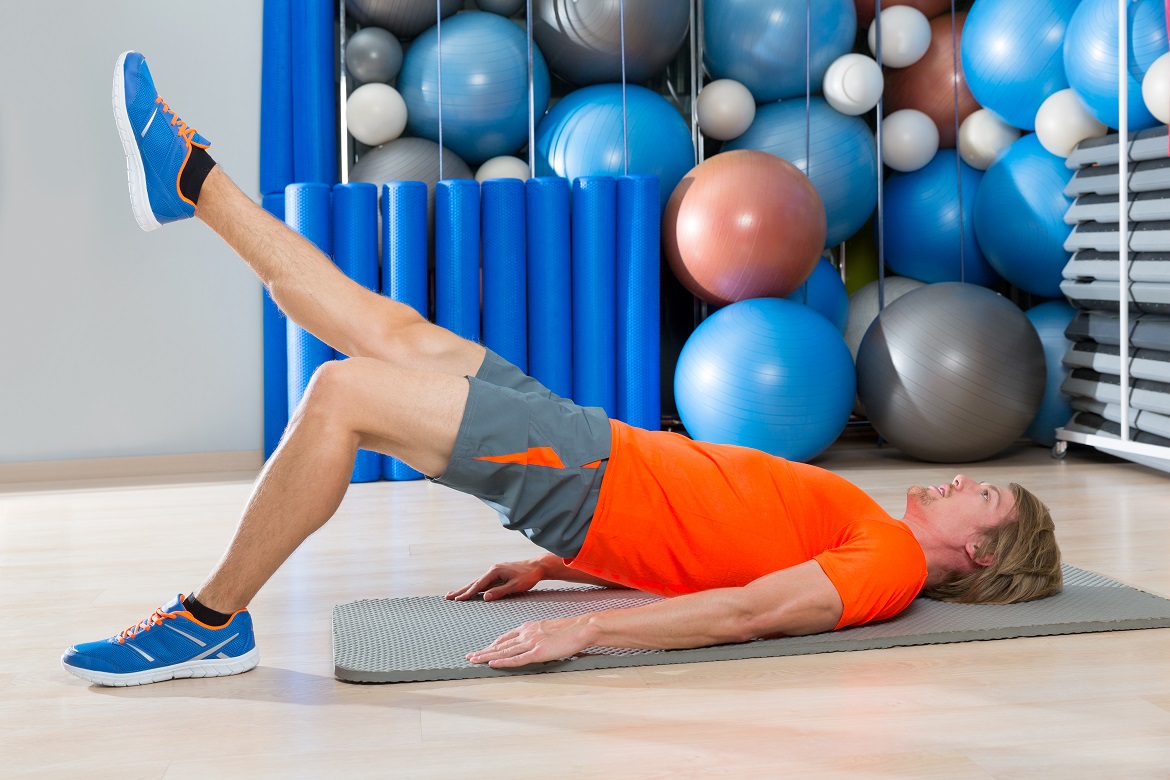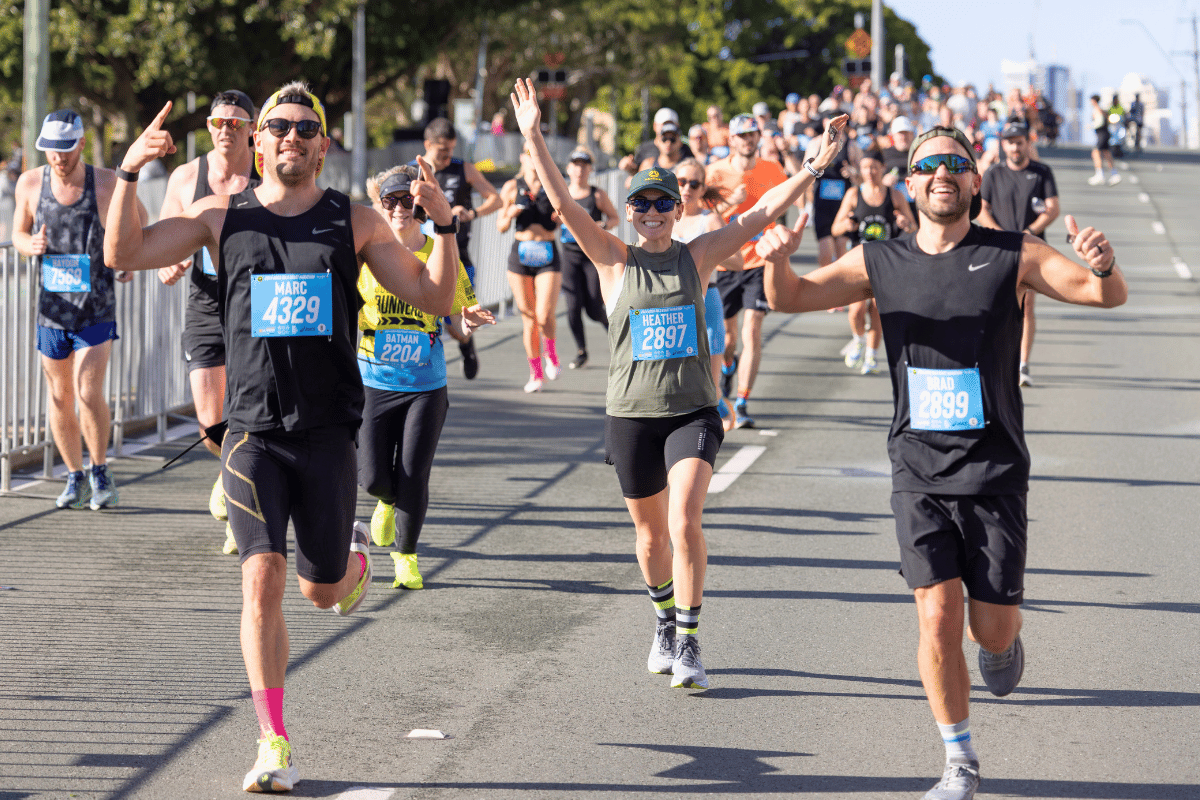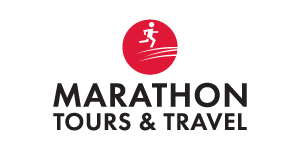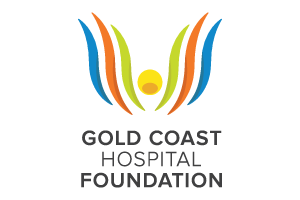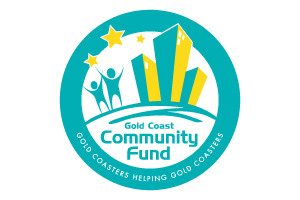By Adsy Gordon Two weeks out. The big work is done. You're fit enough. Ready enough. Now, the job is to stay calm, stay fresh...
The role of hip stability in minimising running injuries
Words: Brad Beer
Excessive hip motion during running represents a major injury risk factor for runners. When a runner’s hips move excessively due to hip muscle weakness, the legs of the runner will be subjected to greater loading and strain.
Numerous research findings verify the link between hip muscle strength (and pelvic stability) and the onset of running injuries. For example, hip adduction (where the hip moves towards the midline of the body) and internal rotation (a collapsing in of the hip towards the runner’s midline) have been associated with knee pain and iliotibial band syndrome.[1,2,3] Altered hip movements and reduced hip strength have also been identified as common findings in females with knee pain.[4]
Research has also shown that females have a greater tendency to core instability than males, which may predispose females to greater incidence of lower extremity injury.[5] One group of researchers found that female athletes displayed significantly decreased hip external rotation and side bridge strength measures compared with their male counterparts.[6]
They reported that athletes who experienced an injury over the course of a season displayed significant weakness in hip abduction and external rotation. They also concluded that hip external rotation strength was the sole significant predictor of injury status for the athletes they tested. They tested 80 female and 60 male athletes, many of whom were cross country runners.
Given the frequency of running injuries a failure to stabilise a runner’s pelvis may expose the runner to a gamut of running injuries. The good news is that stabilising the hips can be a straightforward process for a runner. With the right exercises, discipline and scoring method to gauge progress, I have found that all runners, irrespective of running ability, can stabilise their hips. I often tell runners who are either rehabilitating from injury, or seeking to prevent injury, that hip stability exercises are ‘medicine’ for a runner’s legs.
Here are some of my favourite running strength exercises for targeting hip stability and strength:
Running hip stability and strength exercises
High Bench Bridges
This is great exercise for runners and athletes looking to strengthen their gluts. Aim for 3 x 12 repetitions with full hip extension at the end of the bridging movement. This is a progression from the standard supine bridging (single or double leg).0
Single Leg Sit to Stand with Overhead Press
Start with lighter weights (e.g. 2kgs) and build up in weights. Aim to keep stable at all times. It can also be used as a higher level lower limb rehabilitation exercise. Build up from 3 x 6 reps to 3 x 12 reps.0
References
- Ferber, R, Noehren, B, Hamill, J, Davis, I. 2010. ‘Competitive female runners with a history of iliotibial band syndrome demonstrate atypical hip and knee kinematics’. J Orthop Sports Phys Ther. 40: 52–8.
- Noehren, B, Davis, I, Hamill, J. 2007. ‘ASB clinical biomechanics award winner 2006: prospective study of the biomechanical factors associated with iliotibial band syndrome’. Clin Biomech (Bristol, Avon). 22: 951–6.
- Souza, RB, Powers, CM. 2009. ‘Differences in hip kinematics, muscle strength, and muscle activation between subjects with and without patellofemoral pain’. J Orthop Sports Phys Ther. 39: 12–9.
- Powers, CM. 2010. ‘The influence of abnormal hip mechanics on knee injury: a biomechanical perspective’. J Orthopd. & Sports Phys. Ther. 40 (2): 42–51.
- Ireland, ML, Wilson, JD, Ballaynte, BT, Davis, IM. 2003. ‘Hip strength in females with and without patellofemoral pain’. J Orthop. Sports Phys. Ther. 33: 671–676.
- Leetun, DT, Ireland, ML, Willson, JD, Ballaynte, BT, Davis, IM. 2004. ‘Core stability measures as risk factors for lower extremity injury in athletes’. Med. & Sci. in Sports & Ex. 36 (6): 926–34.
0
About Brad Beer

He is the founder of Gold Coast based physiotherapy group POGO Physio, author of Amazon.com best selling book 'You CAN Run Pain Free! A Physio’s 5 Steps to Enjoying Injury Free and Faster Running' and is a regular participant at the Gold Coast Airport Marathon.
Stay in touch with Brad
Website | Facebook | Twitter | Instagram | YouTube
0https://youtu.be/OC64N8cGtg40https://www.youtube.com/watch?v=SWIPTwhaAQY0https://www.youtube.com/watch?v=w09vR8v9C74
